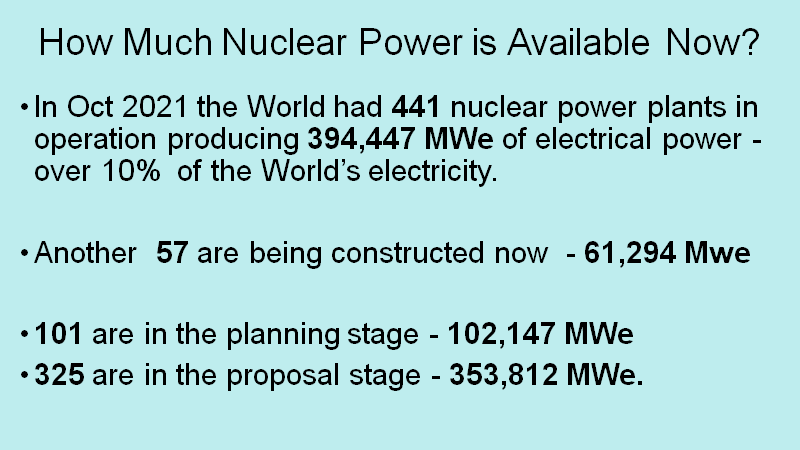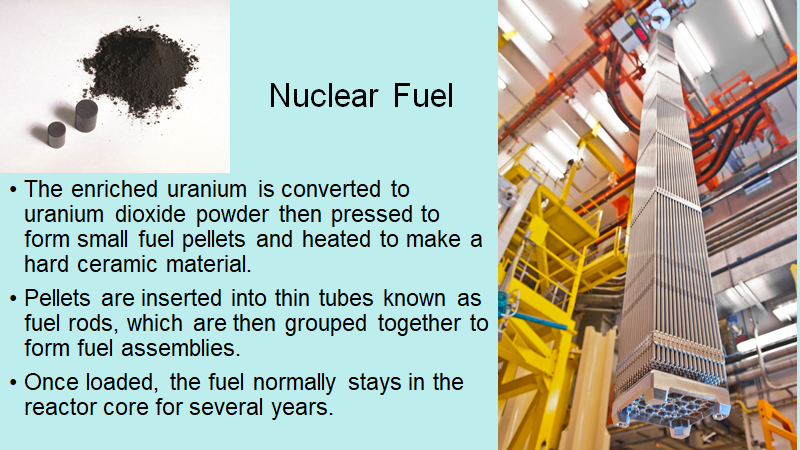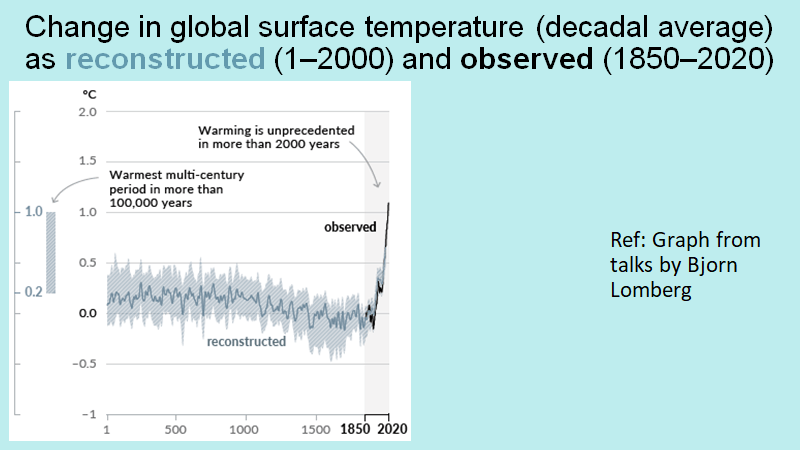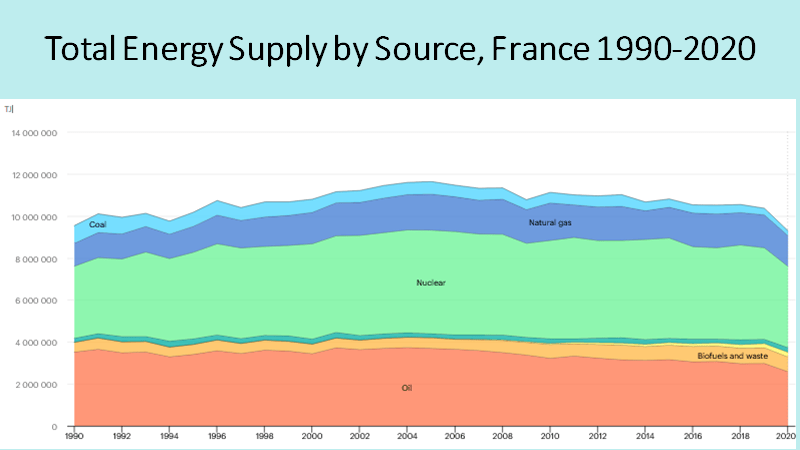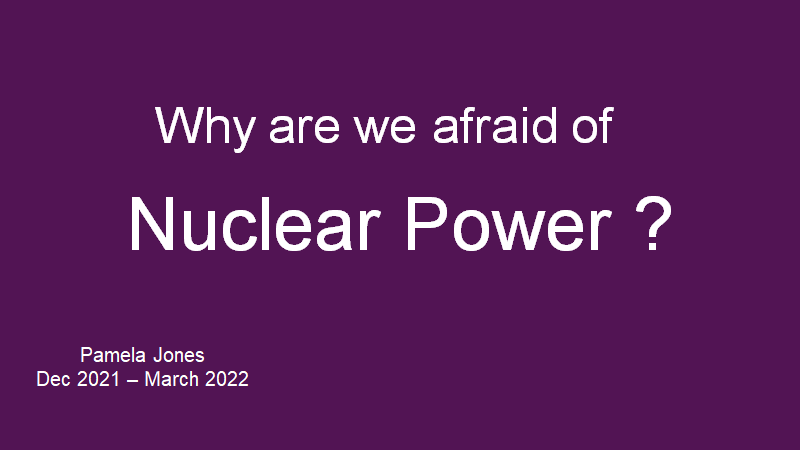Decades ago, I worked as an environmental scientist based in Hong Kong. I still stay in touch with some of my staff, who now are very experienced in their careers. I had heard that Hong Kong people were being warned about buying seafood, particularly seafood from Japan due to the release of water from Fukushima. I received an interesting article yesterday and quote from a section of it in the original Chinese together with the translation. I have omitted the first paragraphs. The references vary in their language but Note 2 is in English.

I jump to the last paragraphs examining the above 7:30 report.
當然,你依然可以反駁,日方的數據是假的。那麼你也可以看看韓國新聞。根據昨日韓聯社的消息,上周四日本排放核廢水後,韓國政府已在該海域30個點位進行緊急輻射測試,所有樣本均符合安全標準,而截至目前為止,韓國內的海鮮或進口海產尚未測到輻射。 (注2)
事實上,韓國從來不信日本,甚至不信國際原子能總署,所以7月以來,韓國已在200個海洋點位自己做水質監測,日本也無任歡迎。但奇怪的是,中国居然沒有像韓國般,實事求是加入監測行列,只堅持嚇鬼不動搖地在大陸、香港做「大內宣」,讓「財經作家」那種寫手散播假資訊,唯恐天下不亂地製造恐慌。
「因此我們可以假定」,中央政府正在下一盤很大的棋,旨在「給中国人民上一課科普」,引導民眾搶購可測試核輻射的蓋格計數器,之後驀然回首,才發現自己家的輻射原來比東京強900多倍(注3)——也許是中国建材問題——背後的理由實在太令人暖心了。
“Of course, you can still argue that the Japanese figures are fake. Then you can also check out Korean news. According to Yonhap news yesterday, the South Korean government has conducted emergency radiation tests at 30 points in the sea after Japan discharged nuclear waste water last Thursday, all samples met safety standards, and so far no radiation has been detected in seafood or imported seafood in South Korea. (Note 2)
In fact, South Korea has never believed in Japan, or even the International Atomic Energy Agency, so since July, South Korea has done its own water quality monitoring at 200 ocean points, and Japan is not welcome. But strangely enough, China has not joined the monitoring ranks like South Korea, just insist on scaring ghosts and doing “big internal propaganda” in mainland China and Hong Kong, letting writers like “financial writers” spread false information, lest the world will cause panic.
“So we can assume” that the central government is playing a big game of chess, aimed at “teaching the Chinese people a lesson in popular science”, guiding the public to snatch up Geiger counters that test nuclear radiation, and then looking back to discover that their own home’s radiation is more than 900 times stronger than Tokyo (note 3) – perhaps China’s building materials problem – the reason behind it is too heartening.”
Notes (References):
As expected, the South Koreans have not been able to find fault with seafood or seawater. One has to question the motives of countries who spread fear about radiation when these same countries build and sell nuclear power plants. Is it a question answered as it so often is “Just follow the money trail”?










